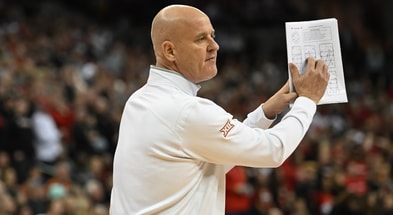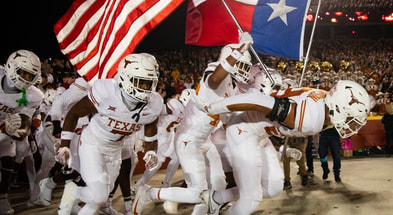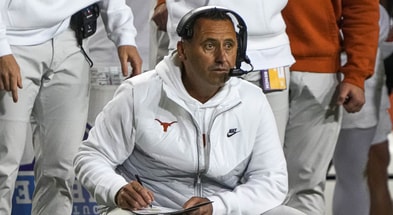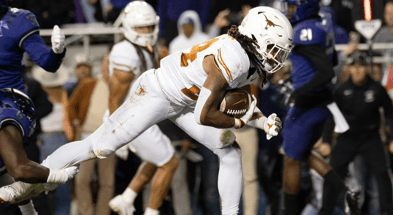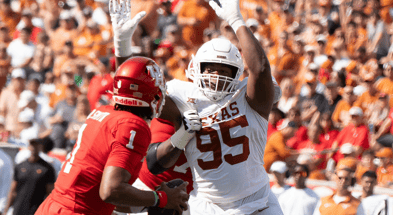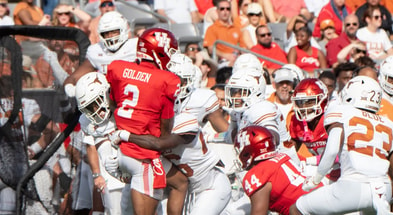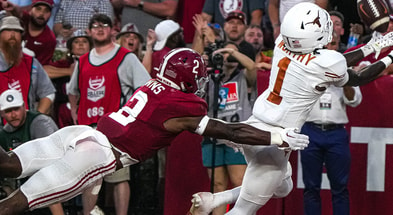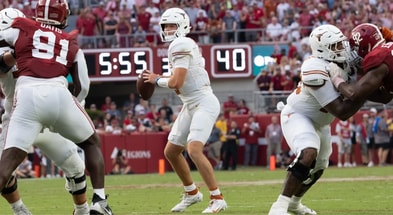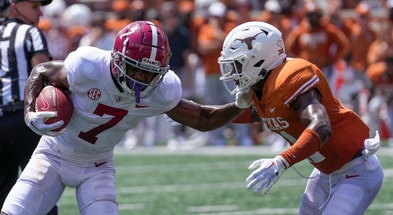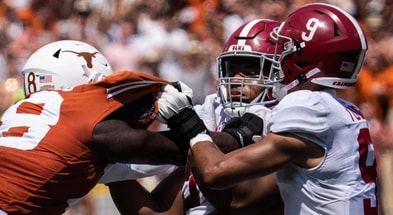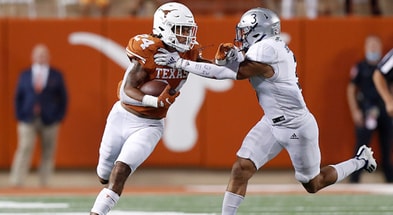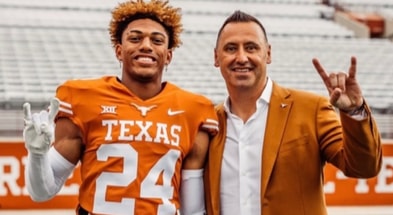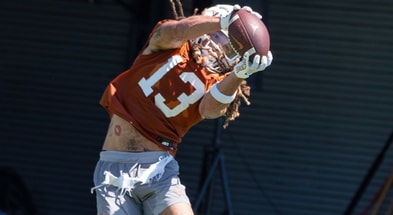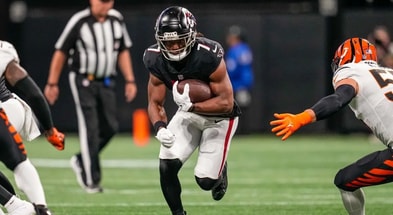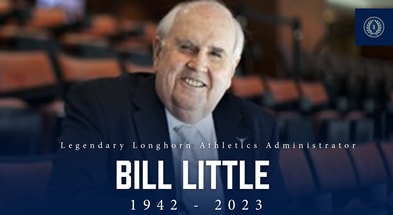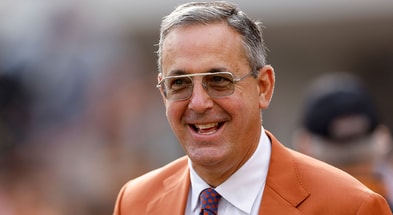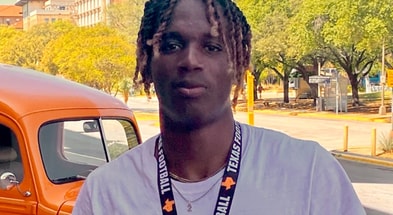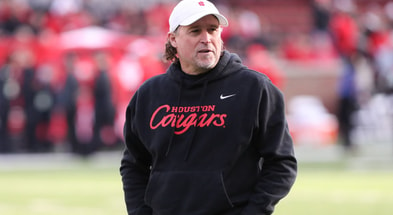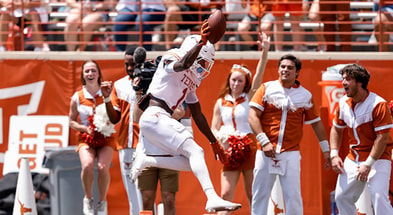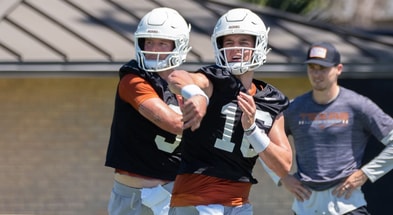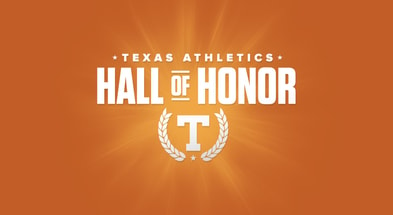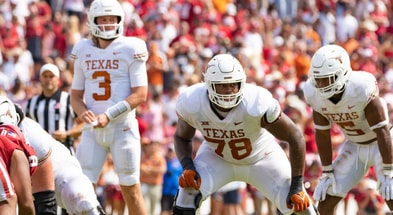Can the Big 12 stay on defense in 2022?
There’s a lot going on around the Big 12 worth talking about. The season is all but over for the 10 teams who currently comprise this conference. Sure many will go on to bowl games and some of those matchups are pretty interesting, but for several prominent teams tis the season for overhaul.
Today, I want to focus on some big changes taking place which could impact the league’s defenses. For the last two seasons, the Big 12 has become a league dominated by defense. The 2020 Sooners were good on offense, but they were powered down the stretch by a blisteringly fast defensive line which overwhelmed Big 12 O-lines. Their opponent in the title game, Iowa State, was powered by a deep D-line which could rush the passer with a 3-man rush.
The 2021 Big 12 title involved Baylor and Oklahoma State with the Bears winning due to an incredible pair of goal line stands.
A lot is changing though. Gary Patterson has been replaced by Sonny Dykes, Lincoln Riley and Alex Grinch are out of Norman along with virtually all of their D-linemen, and Iowa State is fixing to be gutted by the draft and exhausted eligibility. Will the Big 12 still be a defensive league in 2022?
The Brent Venables 4-3 Under D and this OU roster
It should come as no shock to anyone that Alex Grinch and Brent Venables run pretty different defensive systems.
The Grinch #SpeedD was a 3-4 hybrid defense which emphasized speed (obviously) at really all of the positions. D-line was no exception, which made his scheme an exception to other modern, quarters-based defenses.
Brent Venables also runs a hybrid system but one based on the 4-3 Under (which itself is already close to the 3-4) with some 4-3 Over stuff mixed in there as well. The Clemson Tigers would also run a lot of stunts and pressure teams with movement up front, but they didn’t do it by loading the field with all sub-300 pound defensive linemen.
Oklahoma needs to add some mass back on their D-line to play the new scheme which won’t allow sub 280 pounders to just try and race past offensive lineman anymore (not all the time, at least). It’s looking like a tough path with another starter declaring his intentions to leave.
Another big difference was the nickel position. The Clemson Tigers had the following lineage at their “Sam” position.
- Dorian O’Daniel (2015-2017): 6-1, 223. 3rd round draft pick.
- Isaiah Simmons (2018-2019): 6-4, 238. 1st round draft pick.
- Trenton Simpson (2020-present): 6-3, 225. Blue chip recruit
If you’re a younger fan of Big 12 football, here was the position’s lineage at Oklahoma before Venables left for the Clemson gig.
- Tony Jefferson (2010-2011): 5-11, 211. UDFA and now multi-year vet
- Keenan Clayton (2008-09): 6-1, 230. 4th round draft pick
- Nic Harris (2006-07): 6-2, 232. 5th round draft pick
- Clint Ingram (2004-05): 6-1, 230. 3rd round draft pick
- Donte Nicholson (2003): 6-1, 216. 5th round pick
- Eric Bassey (2002): 6-1, 200. UDFA
- Roy Williams (2000-01): 6-0, 222. 1st round draft pick
Before anyone gets excited, yes Nic Harris and Tony Jefferson both finished their career at safety, but in the years listed above they played the Sam linebacker position Oklahoma invented for Roy Williams in 2000 when Oklahoma won their last National Championship.
As you can see from surveying these lists, all of these guys were linebacker/safety hybrids with exceptional athleticism. It’s necessary to be a freak athlete at the position, which Venables alternates between using in man coverage on slot receivers to serving as a key weapon in the blitz package off the edge.
The difficulty for the Sooners is that Alex Grinch used the nickel position completely differently and has decidedly NOT been stockpiling 220-pound safeties who can run 4.6 or better and cover slot receivers or race off the edge on the pass-rush.
Venables could slide a big, talented safety like Key Lawrence inside to man the spot and potentially get some results but if you look up the stats on these guys over the years, it’s an important part of the scheme.
Oklahoma will still have tons of good athletes on their defense to work with and potentially a lot of very experienced defensive backs, but there will be a learning curve here.
TCU hires a flyover defensive coordinator
Sonny Dykes made a move to replace Gary Patterson at the head of the Horned Frogs defense.
Tulsa switched to the Iowa State 3-3-5 in 2018 and handed control over it to Joseph Gillespie when his boss Bill Young retired. Bill Young is something of a Big 12 legend himself, having coached the good Kansas defenses of the 2000s before building the original, good Oklahoma State defense under Mike Gundy.
The structure of it is nearly identical to the Iowa State model. It’s a 3-3-5 defense with one true edge among the 3-down linemen (he still has to play big), three normal 4-down type linebackers, and then five defensive backs. Tulsa had a guy at weak safety named Kendarin Ray (sounds like the name of a Jedi Knight from one of those Star Wars prequels) who was 6-foot-3, 208 pounds who’d get pretty involved in the run game and then a star linebacker named Zaven Collins who played the weak inside linebacker spot. This year they had to replace Collins and Ray missed half the season but their middle safety emerged to have a good year along with their right defensive end, Anthony Goodlow (think a shorter Eyioma Uwazurike in terms of deployment).
In other words, they have had some real talents go through and been able to find new ones when the previous class moved on.
How will this work with the leftover roster from Gary Patterson’s 4-2-5? It’ll probably be a little bit awkward but not terrible. Shadrach Banks had emerged as a viable linebacker by the end of the year and at 6-foot-1, 250 pounds he looks like more of a 3-down inside linebacker. Defensive ends Dylan Horton and Ochaun Mathis each have some size if one of them stays to play the Edge position and then they’ll need to find some viable D-linemen from their bigger bodies to man the nose and tackle/end position.
Gillespie has been a really good defensive coach up in Tulsa and did so while working alongside tempo and spread-oriented Phil Montgomery with Tulsa-level talent. The prognosis for him doing well with Sonny Dykes and this recruiting staff in Fort Worth is very positive from where I sit.
Here’s the Iowa State original flyover defense drawn in familiar purple for TCU folk:
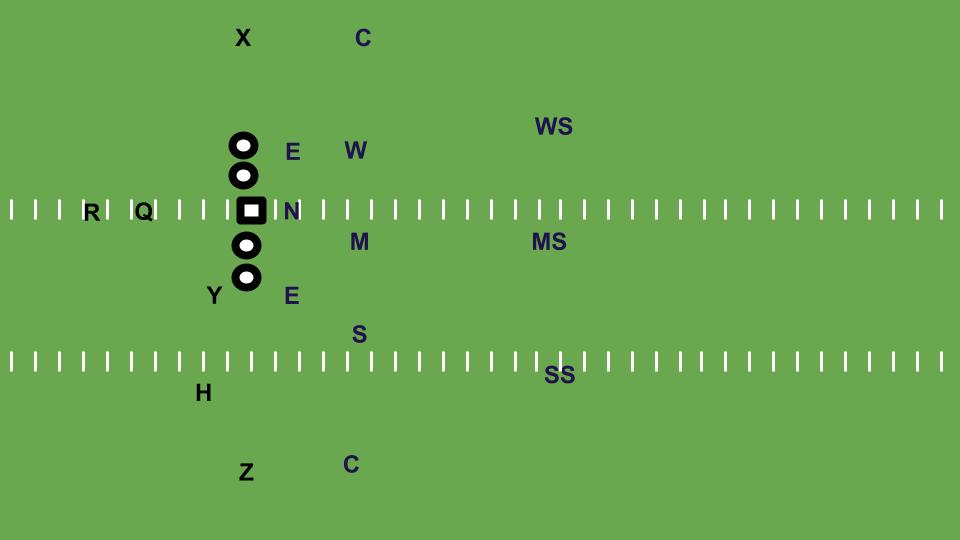
Glancing at TCU’s roster, here’s how I guess they’d sort out positionally:
- E: Earl Barquet: 6-foot-3, 277 pounds.
- N: Jaquaze Sorrells: 6-foot-3, 310 pounds.
- E: Ochaun Mathis: 6-foot-5, 247 pounds OR Dylan Horton: 6-foot-4, 250 pounds.
- W: Shadrach Banks: 6-foot-1, 250 pounds.
- M: Wyatt Harris: 6-foot-3, 230 pounds.
- S: Dee Winters: 6-foot-1, 230 pounds.
The secondary would be much the same but with the strong safety probably playing weak safety or middle safety and then the best coverage guy at strong safety. The Sam is on the edge now, not a safety.
Khari Coleman is the odd man out with this system. He might could play Will or Sam linebacker but if he wants to stay as an Edge he should transfer to a new home. This system may not be particularly attractive to Mathis or Horton either, although they’re both decent enough fits much like JaQuan Bailey or Will McDonald, fourth of that name, at Iowa State. You have to play inside of a tight end at times though or squeeze into a B-gap so, it can be a hard knock life.
OSU or THE OSU?
I was talking with Oklahoma State football enthusiast Adam Lunt recently about how the ‘Pokes would balance having three really good Edge players next year in Brock Martin, Trace Ford, and Collin Oliver. Before they deal with that abundance of riches though they have to fend off a big poacher from stealing their D-coordinator.
Ohio State is apparently tired of lining up in static, man-heavy looks and taking everyone’s best shot on defense. Or at least, they’re trying to hire Jim Knowles who would take them on a wild ride away from that previous style.
What would Oklahoma State do if they lost him? No idea, by all accounts they’re aiming to avoid that eventuality. If they did have to replace him I’d think the first thought might be to promote someone from within with some knowhow into how the existing scheme works. If such a person isn’t around, Mike Gundy could just do what he did when he hired Knowles in the first place. He looked for defensive coaches with a knack for adapting to being at non blue-blood programs.
Gundy’s ability to hire from out of network based on coaching competency rather than grabbing buddies or people he’d worked with before is a primary driver of Oklahoma State’s success and evolution over the years and why he’s been there so long without getting fired. Can he do it one more time? Or would this push him back towards retirement? Should be interesting to watch.
If they retain Knowles I’ll still be interested to see if they can develop another awesome cornerback like they did the last two seasons and how they’ll manage the aforementioned Edge linebacker glut.
Will the Big 12 be a defensive league in 2022? Discuss for free on the Flyover Football board!
